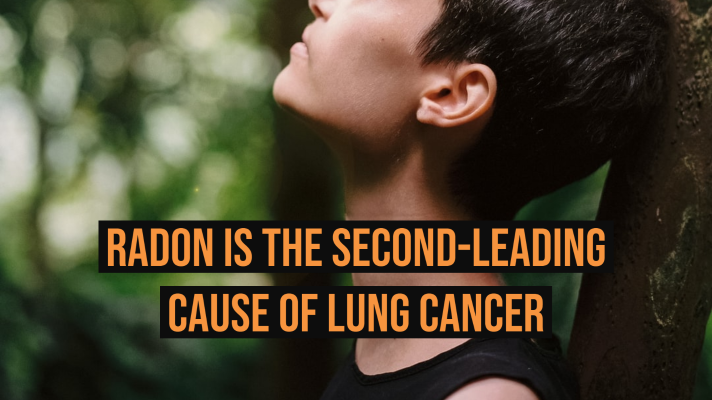The radioactive gas radon comes from the breakdown of uranium and thorium beneath your home. Every day it rises through the ground into thousands of homes in the United States. Statistics show that one in 15 households has radon levels above the EPA’s action limit.
Unfortunately, radon gas is not something that homeowners can afford to ignore. It is highly carcinogenic and is the second leading cause of lung cancer and the first among non-smokers. It has also been linked to a host of other respiratory problems.
Radon and Safety Levels
If your radon testing results show that the levels are above 4pCi/L, the EPA recommends you take immediate action. However, even lower amounts of radioactive gas can cause cancer.
Statistics show that most homes have levels of 1.3pCi/L. That rate may be responsible for 21,000 cases of cancer a year. The research suggests there is no truly safe level of radon we can quantify.
Radon Mitigation in Construction
Thanks to years of research into radon mitigation techniques, there are proven ways you can eliminate radon. The EPA recommends the best mitigation process is to install an Active Soil Depressurization (ASD) system.
Since the gas emanates from under the ground — unlike other contaminants — you can use ASD to keep your home safe. A vapor barrier creates areas of low pressure so that the system can pull air from underneath the building. The assembly of an ASD system includes pipes and fans, which actively extract the radioactive gasses.
Radon Vapor Barriers
If the barrier is going to be under a concrete slab, you can use 6-millimeter polyethylene to protect your home. A regular polyethylene sheet could stop radon and VOCs emanating to your house through the floor. It is a cost-effective option that can meet the minimum building requirements for radon mitigation.
However, that option is only possible during construction when there is that opportunity to place the plastic sheet. You may need a higher-performing material if you want to install an ASD system after radon testing.
High-Performance Radon Barriers
Your 6-millimeter polyethylene can get torn or punctured if it is exposed. Another option for optimal performance in radon mitigation is polyolefin sheets. Their material is engineered for radon mitigation. Polyolefin’s radon diffusion coefficient is low, so there is little risk of the gas seeping through the sheet.
High-performance barriers are more expensive than your regular 6-mil polyethylene sheet. But materials like polyolefin are durable, which will prove to be a more cost-effective option in the long-run. Their features also make them more resilient to radon gas from under the building.
Radon Testing Protocols
For the best results, you ought to observe protocols for local radon testing. The test should be at the lowest level of the building, particularly in areas with low occupancy. Human traffic cause drafts in the interior. That’s why the kitchen and hallway are not the best areas to do a radon test.
If you do the test after a construction project, you should keep the area undisturbed. Ensure that you use quality materials with the appropriate grade for radon.
Bottom-Line
It is important to follow protocols so that you are certain of your radon gas testing results. You can hire a professional to evaluate your system and certify they are compliant with your local building code. You can find more information on our website on radon mitigation.


Recent Comments